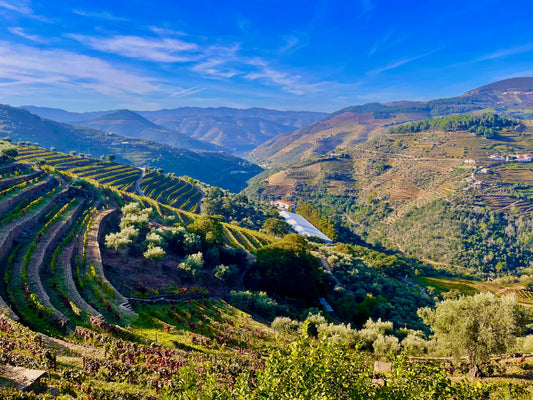| On Burgundy published on 18th September 2023>
Of course, compared with the bushfires that have affected Australia, California and Chile in recent years, what’s happening in Burgundy is less devastating and even survivable if the right choices are made. Burgundians have lost vineyards to hail, heat and frost, at least for a year, and even livelihoods, but no one, as far as I know, has lost their life. And in the longer term, the prospect of global catastrophe is considerably more terrifying. If the Intergovernmental Panel on Climate Change’s predictions are correct and the Earth is 4.5°C warmer by 2100 at current rates of greenhouse gas emissions, we could be facing crop failures, mass migration and wars fought over scarce resources. Worse, the so-called Sixth Extinction may be upon us, ending life on Earth as we know it.
In such circumstances, it is more than a little obscene to fret about the potential loss of nuance in our glass of Gevrey-Chambertin. And yet, what’s happening in the wine world right now does matter and not just to Burgundophiles. As the Australian viticulturist Dr Richard Smart has argued, wine is the ‘canary in the coalmine because it’s an early warning system’. Or, as Aubert de Villaine of the Domaine de la Romanée-Conti, puts it: ‘Winemakers are on the front line when it comes to observing what’s happening to the climate. The fluctuations we have today are more significant than at any time in history.’
No crop is as clearly defined by its climate and origin as grapes. If this is true in general, it is doubly so in Burgundy, where terroir has reached its apotheosis over centuries of study, analysis and empiricism. If wine regions, Burgundy included, can find ways to slow the impact of climate change, this could serve as an example to other forms of agriculture. Using renewable energy, ditching heavy bottles, bulk shipping, saving water, exploring carbon capture, eschewing systemic fertilizers and weedkillers and reducing carbon emissions are all potential responses to the climate emergency.
What else can Burgundy do right now? The first thing is surely to recognize the severity of the challenge it faces. Too many producers are in denial and have been for some time. Even before the European Geosciences Union’s paper was published, it was clear that, despite the very real advantages of warmer temperatures in the region, there were obvious drawbacks too, not least the long-term viability of Pinot Noir as Burgundy’s marquee red variety. In 2006, Decanter magazine published a piece about the First World Conference on Global Warming and Wine. Its headline? ‘Pinot impossible in Burgundy over next 50 years’. And then there was the 2009 Greenpeace Report, which stated that ‘climate change could destroy Burgundy’. Or, more tellingly, the paper delivered by the American scientist Professor Gregory Jones in 2007 entitled ‘Climate Change: Observations, Projections and General Implications for Viticulture and Wine Production’, which warned that leading regions such as Burgundy were at risk from both ‘short-term climate variability and long-term climate change’. Was no one listening? |



